How to get rid of slugs on cabbage with folk remedies?
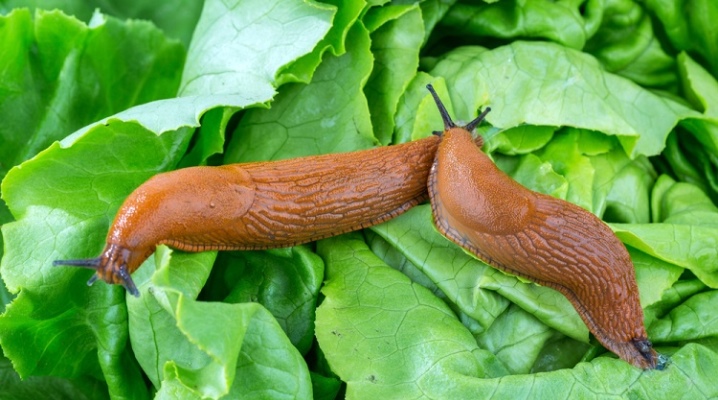
If you notice that holes have begun to appear on the cabbage leaves, and flickering traces are visible in the aisles, then you have slugs. The fight against them must be started as quickly as possible, otherwise in a matter of days they will destroy your entire crop.
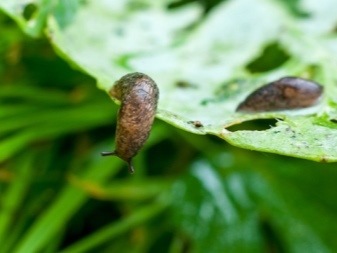
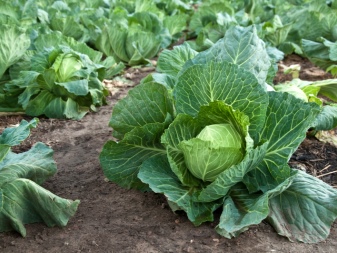
How to treat with ammonia?
One of the most effective and at the same time safe for plants and people folk remedies is considered to be an ammonia solution, better known as ammonia. With its help, you can prevent the appearance of slugs, as well as drive them away if they have already begun to eat cabbage leaves. The pungent smell is not to the liking of this mollusk, and it leaves the beds.
The benefits of ammonia are obvious.
- The drug effectively protects plants from the attack of slugs and some harmful insects (cabbage, cruciferous fleas and their larvae).
- It is a rich source of nitrogen - this element is especially important for plants in the early stages of the growing season. Nitrogen allows them to grow as many leaves as possible, which are necessary for the formation of a cabbage head
- Ammonium deacidifies the soil. This is very important when growing cabbage, because in acidic soil this vegetable grows poorly and often gets sick with keel.
The disadvantages include the fact that the smell of ammonia quickly disappears, and with abundant watering and rain, it is completely washed off with water. At the same time, ammonia can be used no more than 1 time in 10 days, so this folk remedy is best used in combination with other drugs. To prepare the solution, take 2 tbsp for a bucket of water. l. 10% ammonia or 1 tbsp. l. 25%. Processing is carried out using a spray bottle or a watering can with a shower head. You need to spray the plants themselves and the ground near the bush. The greatest effect is obtained by using an ammonia solution with an egg shell.
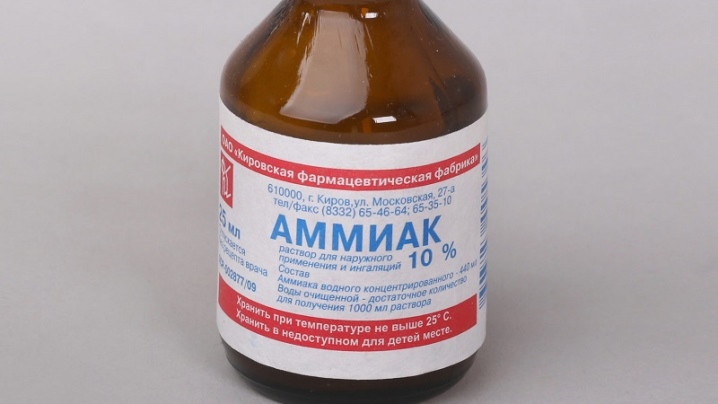
How to deal with eggshells?
Gastropods have very delicate skin, so they cannot get to cabbage beds if eggshells are scattered around. Upon contact with its sharp edges, the body of the slug is injured and quickly "flows out". Therefore, immediately after planting the seedlings, you need to scatter the crushed eggshell around the young bushes. You do not need to grind it - it is important that pieces with sharp edges remain.
As a result, after watering and rains, the shell eventually goes into the ground, therefore, the protection must be repeated several times throughout the season. These simple measures will help protect the seedlings from the attack of a gastropod pest.
In addition, eggshells contain a lot of calcium, which is very beneficial for the growth and development of vegetable crops.
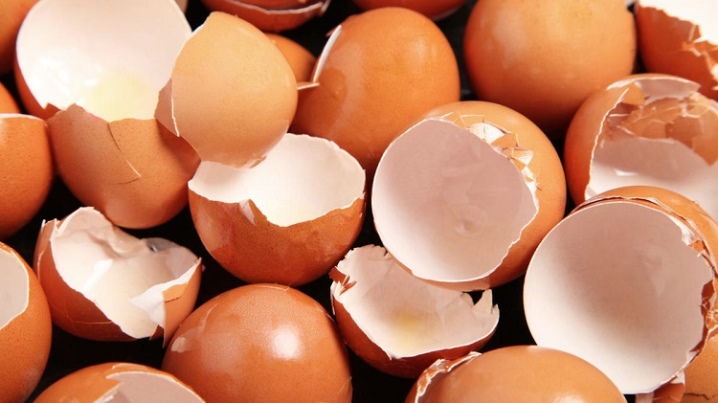
Other ways to fight
Of the other ways to deal with slugs in a cabbage garden, several recipes are most effective.
- Vinegar. The slugs in the beds will become much smaller if the bushes are periodically treated with a solution of vinegar. To prepare the working composition, it is necessary to dilute half a glass of 9% vinegar in a bucket of water, stir thoroughly and spray the cabbage leaves from above and below. Try to avoid spilling the solution on the ground. Processing is carried out once every 10 days.
- Ash. Everyone knows that wood ash is a rich source of potassium, which is important for the setting and formation of the cabbage head. In addition, the ash protects the cabbage from the invasion of slugs and caterpillars.Of course, it is impossible to save cabbage from pests in this way, but you can prevent their attack. To prevent the appearance of slugs around the bushes with cabbage, crushed dry ash is scattered. After watering and rains, it is absorbed into the ground, so dusting should be repeated regularly. The greatest result is obtained from a composition based on ash and baking soda in a proportion of 1 kg per 2 tbsp. l.
- Mustard. Gastropods will not be able to crawl to the seedlings if mustard powder is poured around the bush. It burns the delicate body of the mollusk and leads to its death quickly. To prepare the infusion, 75 g of dry mustard is stirred in 5 liters of water and left for a couple of hours, and then all the leaves are thoroughly sprayed on both sides.
- Tobacco dust. Tobacco dust gives a good effect against the pest; instead, you can take ordinary tobacco or makhorka. This component is mixed with ash in equal proportions and sprinkled on the bushes. Dusting is repeated every 3-5 days.
- Soda. To get rid of the pest, gardeners often use baking soda or soda ash, although the use of soda ash gives a much more lasting effect. Places of accumulation of slugs are sprinkled with dry powder, after which the gastropods instantly die. You can make a soda solution to spray cabbage heads. For this purpose, 50 g of the calcined preparation is diluted in 1 liter of water, 2 tbsp. l. green soap and sprayed with cabbage bushes. If there is no green soap in the household, then you can take the usual liquid soap or grate the household soap.
- Coffee. The tart drink, which many gardeners love so much, is not at all to the liking of slugs. Small individuals die from contacts with caffeine, and adults instantly lose their orientation in space. To prepare a protective mixture, take a triple portion of any instant coffee for 1 glass of warm water, and spray the green parts of the plant with this concentrated drink. Such processing will not harm the culture, but slugs, having felt the smell, will bypass the fragrant beds.
Slugs do not tolerate the smell of marigolds and bitter wormwood; a repellent infusion can also be prepared from these herbs. For this, chopped grass is poured with boiling water and placed in a warm place for 2-3 hours. After that, the solution is filtered and the cabbage is sprayed.

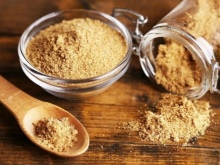
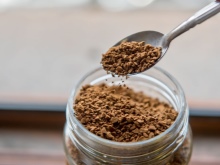
Prevention measures
You can protect cabbage leaves by creating obstacles that soft-bodied shellfish with delicate skin cannot get over. Various materials give a good effect.
- Needles. The land around the cabbage bushes is mulched with pine or spruce needles. They create an insurmountable barrier for the sensitive body of the slugs.
- Nettle. Fresh nettles cope with the same tasks. However, it will have to be updated several times per season.
- Lime. A strip of dry lime powder near a cabbage bed burns the slug's body - after contact with this substance, it quickly dies.
- Wood sawdust. Large sawdust with sharp edges, scattered in cabbage aisles, significantly complicate the movement of slugs, thereby protecting the crop.
- Sunflower husk. It can be very difficult for mollusks to crawl on a ribbed surface, so there is a chance that they will not be able to crawl to the heads of cabbage and spoil its juicy leaves.
The practice of mixed planting allows protecting the growing cabbage from the attack of gastropods. At the same time, the beds with this vegetable alternate with other plants with a specific smell, such as:
- calendula;
- nasturtium;
- marigold;
- rosemary;
- basil;
- parsley.
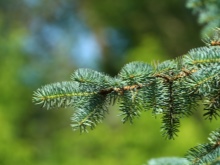

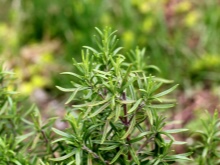
It has been noticed that slugs appear much less often in well-groomed areas, so you should adhere to the traditional rules of agricultural technology.
- The plantings should be kept clean, all weeds should be removed in a timely manner, not only on the beds themselves, but also around the entire perimeter.
- Seedlings should be planted at a distance of 40-50 cm from each other.If the bushes are planted nearby, then the dense thickets will become an excellent refuge not only for slugs, but also for other crawling pests.
- Do not use freshly cut grass as mulch, since slugs love to hide in its shade during daylight hours.
Gastropods naturally feed frogs, snakes and birds, so try to attract them to your garden. For birds, you can hang houses and feeders. If a hedgehog appears on your site, leave a saucer of milk and cookies for him, he will definitely return and become a reliable ally in the fight against slugs.
If there is free space in the garden, then equip an artificial reservoir there - it will attract frogs, with them you will forget about the existence of such an unpleasant pest as slugs.
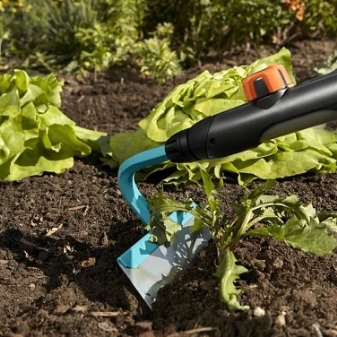
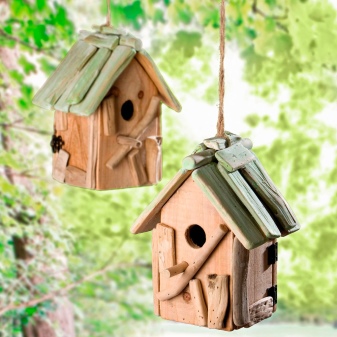










The comment was sent successfully.